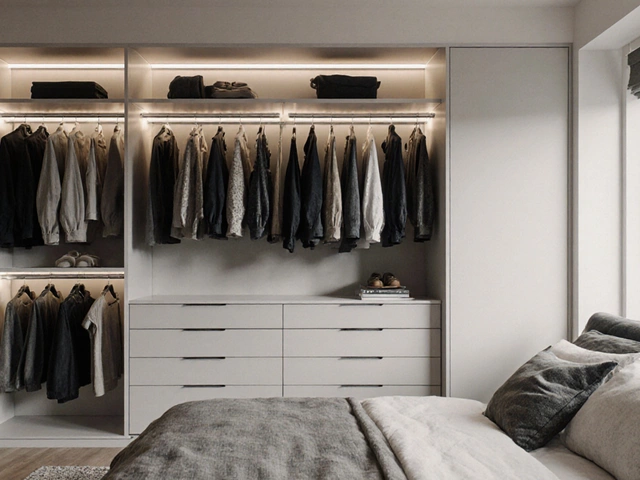Furniture Sales Events
Ever walked past a showroom and missed the perfect deal? When you understand Furniture Sales Events, planned periods where retailers cut prices, bundle offers, or clear out inventory to make room for new collections, you can turn that disappointment into a win. These events aren’t random; they align with seasonal changes, supply chain cycles, and consumer demand spikes. They also intersect with other home‑focused areas. Take Home Storage, solutions like modular shelves, under‑bed drawers, or multi‑functional furniture that keep clutter down – a good sale often means you can afford smarter storage pieces that free up space for new décor. Then there’s Interior Design Trends, the ever‑shifting styles, color palettes, and material preferences that shape what’s on the market. When a trend peaks, manufacturers push out the old stock, creating a perfect window for discounts. Finally, Furniture Maintenance, the regular care, polishing, and repairs that keep pieces looking fresh matters because buying during a sale often means you’ll need to protect that investment for years to come. In short, furniture sales events bring together pricing strategies, storage needs, design currents, and upkeep habits into one buying cycle.
Why Timing Matters and How to Spot the Best Deals
Understanding the timing of these events is key. Retailers typically launch major clearance sales after new collections arrive in spring and autumn, while holiday weekends (Black Friday, Boxing Day) and end‑of‑financial‑year periods trigger extra markdowns. Knowing this calendar lets you plan purchases around when Furniture Sales Events offer the deepest cuts, bundled accessories, or free delivery incentives. Another useful trick is to watch for local store anniversaries or inventory‑clearance drives; they often sprinkle surprise deals throughout the year. When you pair that knowledge with a quick audit of your home storage gaps, you can target pieces that solve both style and function issues. For example, a mid‑century sideboard on sale can replace a bulky storage cabinet while fitting a trending retro aesthetic, hitting two birds with one purchase. Also, keep an eye on the material trends—organic wood finishes may be hot now, meaning older laminate stock will be heavily discounted. By aligning your purchase with these trends, you get a piece that feels current even after the sale ends.
Once you’ve identified a promising event, the next step is to evaluate the long‑term value of the item. This is where Furniture Maintenance guides come into play, showing you how often to refinish, which cleaners are safe, and how to prevent mold in storage. A discounted sofa is great, but if it’s prone to mold when stored in a damp garage, the savings evaporate quickly. Simple steps—using breathable covers, keeping humidity below 60%, and rotating cushions—extend the life of sale‑bought items. Similarly, understanding the care requirements of reclaimed wood or upholstered pieces helps you avoid costly repairs later. By treating each purchase as an investment and factoring in maintenance costs, you can compare the true price of a sale item against a full‑price alternative.
All of this adds up to a smarter buying approach. In the list below you’ll find guides that walk you through modernizing old tables, decluttering storage spaces, spotting the right curtain colors, choosing mold‑proof storage methods, and more. Each article ties back to the core idea of making the most of furniture sales events—whether you’re hunting for a discount couch, a stylish sideboard, or a space‑saving storage unit. Dive in, pick the tips that match your current project, and turn every sale into a lasting upgrade for your home.
Biggest Furniture Sale Days of the Year: When to Shop for the Lowest Prices
Wondering when to grab the best furniture deals? Learn all about the biggest furniture sale days, why they matter, and how to score real bargains every year.
full article




